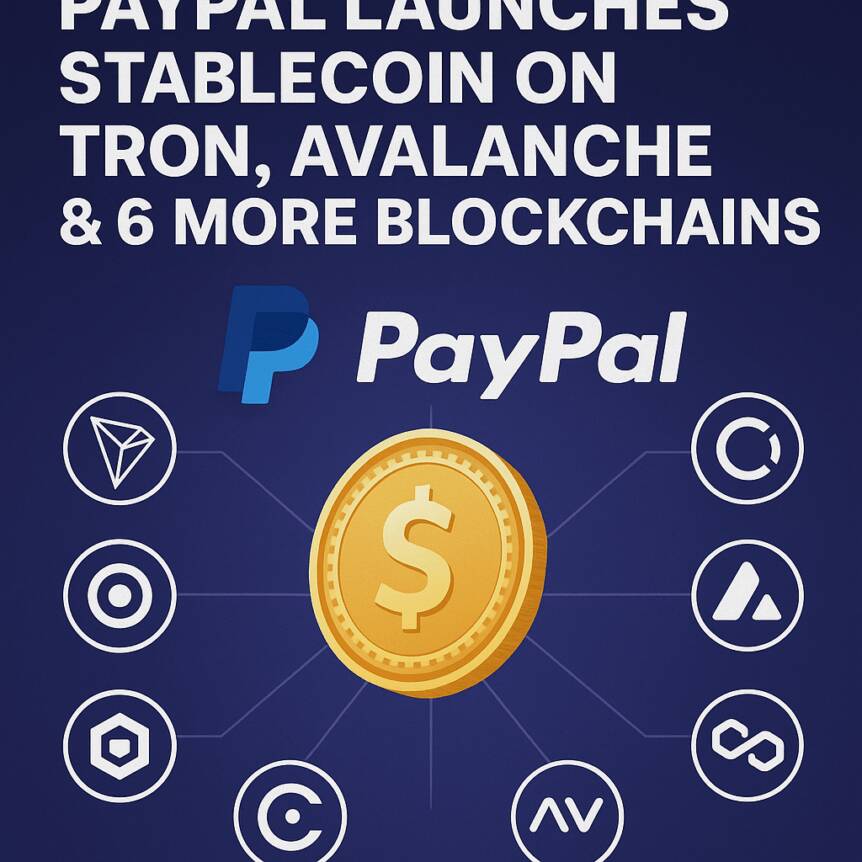Ripple CTO Claims XRP Will Complement Bitcoin and Modernize Global Payments
TLDR:
- XRP Ledger enables automated liquidity routing, increasing usage without direct user involvement.
- Ripple CTO says XRP functions as a neutral, jurisdiction-free settlement asset globally.
- The asset supports tokenized investments, on-chain lending, and instant cross-border payments.
- XRP Ledger introduced issued assets and a native decentralized exchange before competitors.
The chief technology officer of Ripple, Joel Katz, stated that Bitcoin cannot carry the global financial system alone. XRP was designed to function as a complementary network capable of handling liquidity, cross-border payments, and settlement.
Katz emphasized that the blockchain space will require multiple networks to succeed collectively. XRP’s architecture, he explained, positions it to fill gaps Bitcoin and other blockchains cannot address.
XRP’s Unique Blockchain Architecture and Purpose
XRP Ledger was developed independently and does not rely on proof-of-work. According to Katz, it introduced issued assets and a native decentralized exchange before most networks.
The ledger integrates a curated set of financial primitives for settlement and liquidity management. Every new stablecoin or tokenized asset built on XRP increases its usage automatically.
Ripple CTO highlighted that XRP functions as a neutral bridge asset. Transactions routed through the network utilize the token fees without requiring a counterparty.
Institutions can leverage XRP’s automated routing for cross-border transfers and liquidity pools. The blockchain’s design allows it to support various financial operations without user awareness.
Katz also noted that early Bitcoin-focused tribalism slowed blockchain adoption. XRP’s integration with banks and financial institutions demonstrates broader acceptance.
Institutions increasingly view the asset as complementary, rather than competitive, to Bitcoin. The ledger’s unique setup allows simultaneous adoption alongside Ethereum and Solana networks.
The Role of XRP in Replacing Traditional Finance Functions
Ripple CTO described the token as central to future financial systems. Lending can migrate to on-chain protocols while traditional banks transform into blockchain applications.
Investments may become tokenized and global money transfers could occur instantly. XRP is positioned as a jurisdiction-free settlement asset supporting these changes.
Blockchain integration with financial infrastructure could streamline settlements across borders. According to Katz, XRP Ledger’s design ensures these functions operate efficiently.
Liquidity for new assets is routed through XRP, enhancing usage without direct involvement. This automated role strengthens it’s position as a foundational financial layer.
XRP’s usage expands as new financial products launch on its network. The CTO stated that adoption is cumulative, with each new asset or pool increasing network activity.
This structure differentiates XRP from blockchains that rely solely on proof-of-work. Institutions and developers continue to build applications leveraging it’s native features.
The CTO argued that the ecosystem requires multiple networks to succeed.
XRP complements Bitcoin, Ethereum, and Solana rather than competing directly. Its ledger provides functionality that other major blockchains cannot replicate. The network’s capacity for liquidity and settlement positions the token at the center of financial transformation.
The post Ripple CTO Claims XRP Will Complement Bitcoin and Modernize Global Payments appeared first on Blockonomi.
You May Also Like

PayPal Launches Stablecoin on Tron, Avalanche & 6 More Blockchains

What’s Driving This Remarkable Surge?
